Coffea Arabica – Coffee Plant
$17.99 Original price was: $17.99.$12.59Current price is: $12.59.
- Shop with ease, buy with confidence.
- Free Shipping, Quality Goods
- High quality products, low prices.
- Quality You Can Count On

Java junkies, meet your new green friend! Coffea arabica is an attractive evergreen indoor with large glossy, dark green elliptic leaves growing in opposite pairs along narrow stems. The lush leaves are not only beautiful to look at, but they also help to purify the air, making the coffee plant a natural and functional addition to your decor.
While Arabica might fuel the world’s caffeine addiction, we say this bushy beauty is even better admired for its glossy green foliage than as a grande extra-hot soy vanilla latte with whipped cream and chocolate sprinkles.
Coffee Plant Care & Info Guide
Horty Hints
Arabica coffee beans are grown in high-altitude locations where there is high humidity, mild temperatures and plenty of diffused sunlight. Conservatories, kitchens and cafes with bright light and high humidity are ideal.
Time for a trim! Control the height of your plant and create bushy growth by pruning at a 45-degree angle just above a leaf joint in the spring.
Blooms and beans. Under ideal conditions mature coffee plants bloom white flowers which eventually become coffee cherries. Coffea Arabica should primarily be enjoyed for its glossy evergreen leaves though, as fruiting is very difficult to achieve at home.

Light
Coffea arabica is shade tolerant, however brighter locations with plenty of indirect sunlight will help the plant thrive and is needed for flowering and fruiting.

Watering
These plants require regular watering and do not like drought-like conditions. Soil should stay evenly moist but not waterlogged.

Temperature
The coffee plant prefers average household temperatures between 15-24°C but can cope with as low as 5°C for short periods.

Humidity
Coffea arabica needs plenty of humidity. Raise humidity by relocating to steamy rooms and misting regularly. Lack of humidity will cause the leaves to dry and shrivel.

Feed
Apply a balanced liquid feed fortnightly during the growing season.

Height & Growth Rate
Coffee plants can grow to heights of 8m in the wild but, here in the UK, bushy growth will typically reach around 50cm tall. Prune in the spring as required.

Toxicity
All parts of the coffee plant, apart from the beans, are considered toxic if ingested. Keep away from children and animals.

Origin
Coffea arabica is native to tropical and southern Africa and tropical Asia.
| SIZE: Pot Diameter x Total Height | 12 x 35cm |
|---|
Be the first to review “Coffea Arabica – Coffee Plant” Cancel reply
Related products
HOUSEPLANTS
HOUSEPLANTS
HOUSEPLANTS
HOUSEPLANT STYLES
HOUSEPLANT STYLES
HOUSEPLANTS
HOUSEPLANT STYLES






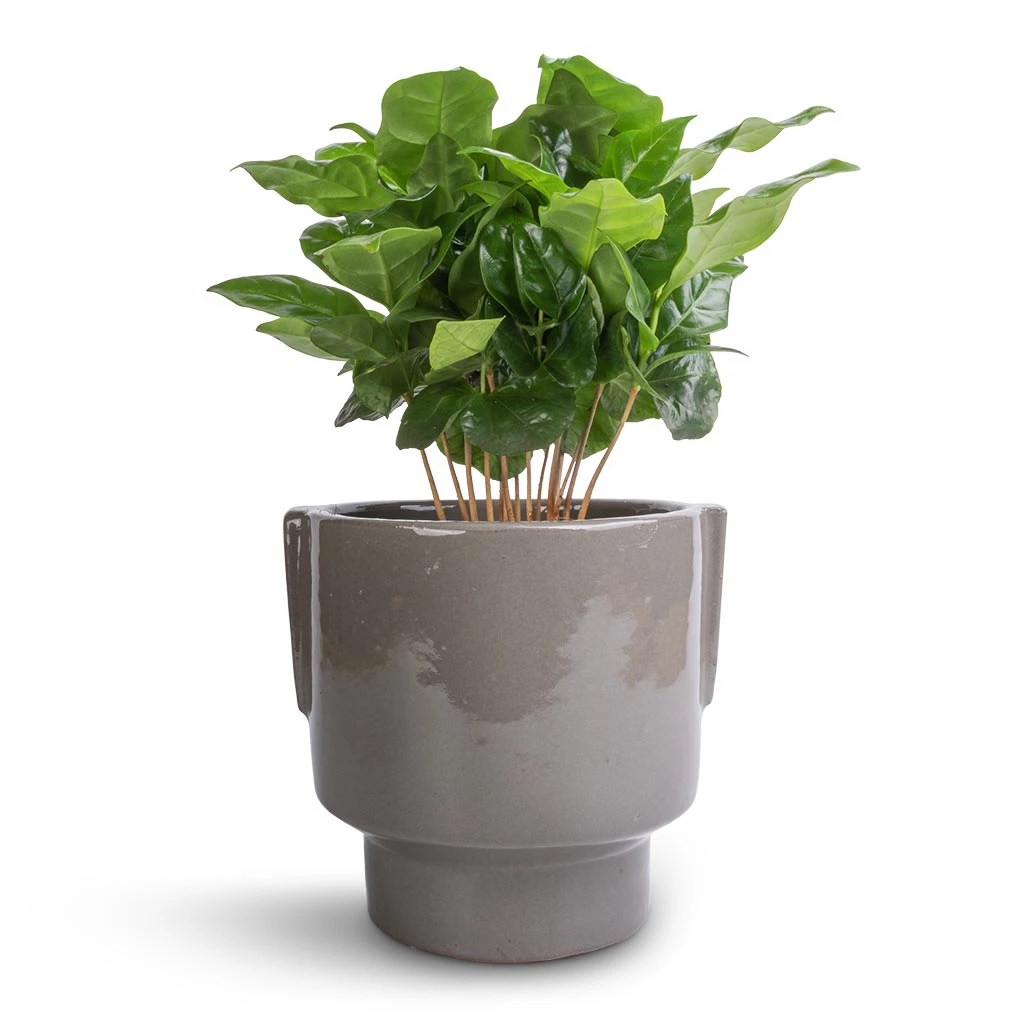




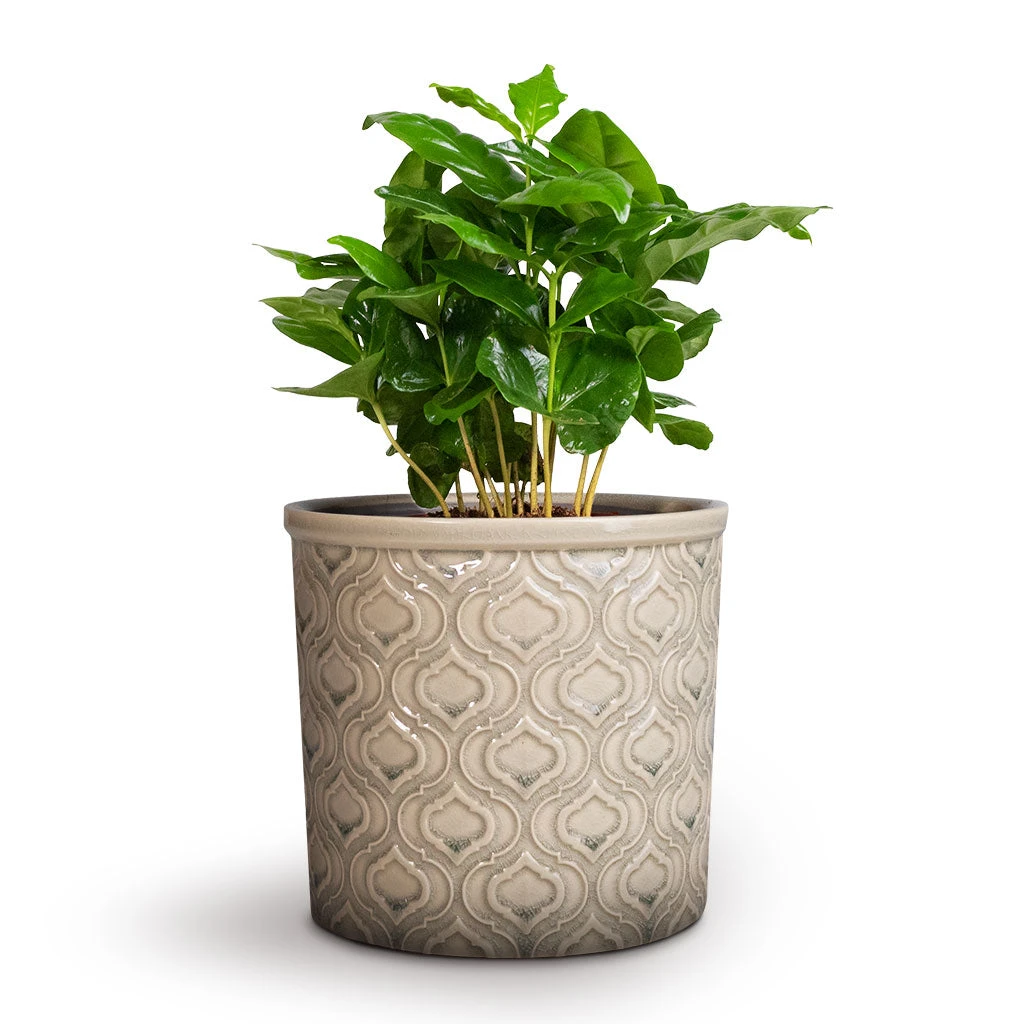



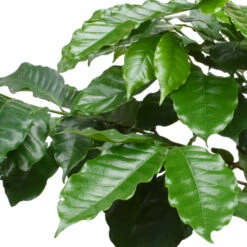






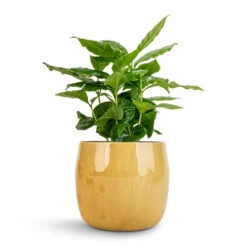

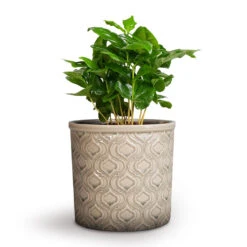





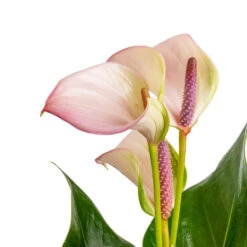
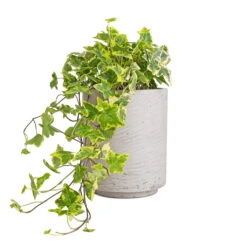
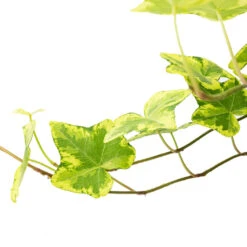
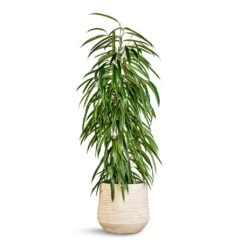

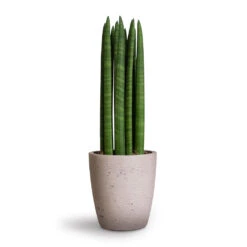


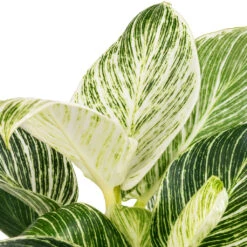

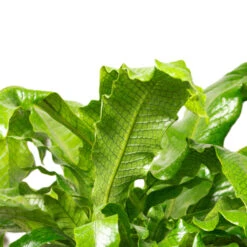
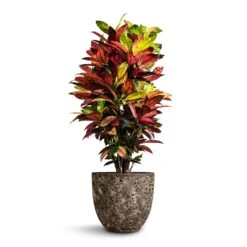

Reviews
There are no reviews yet.